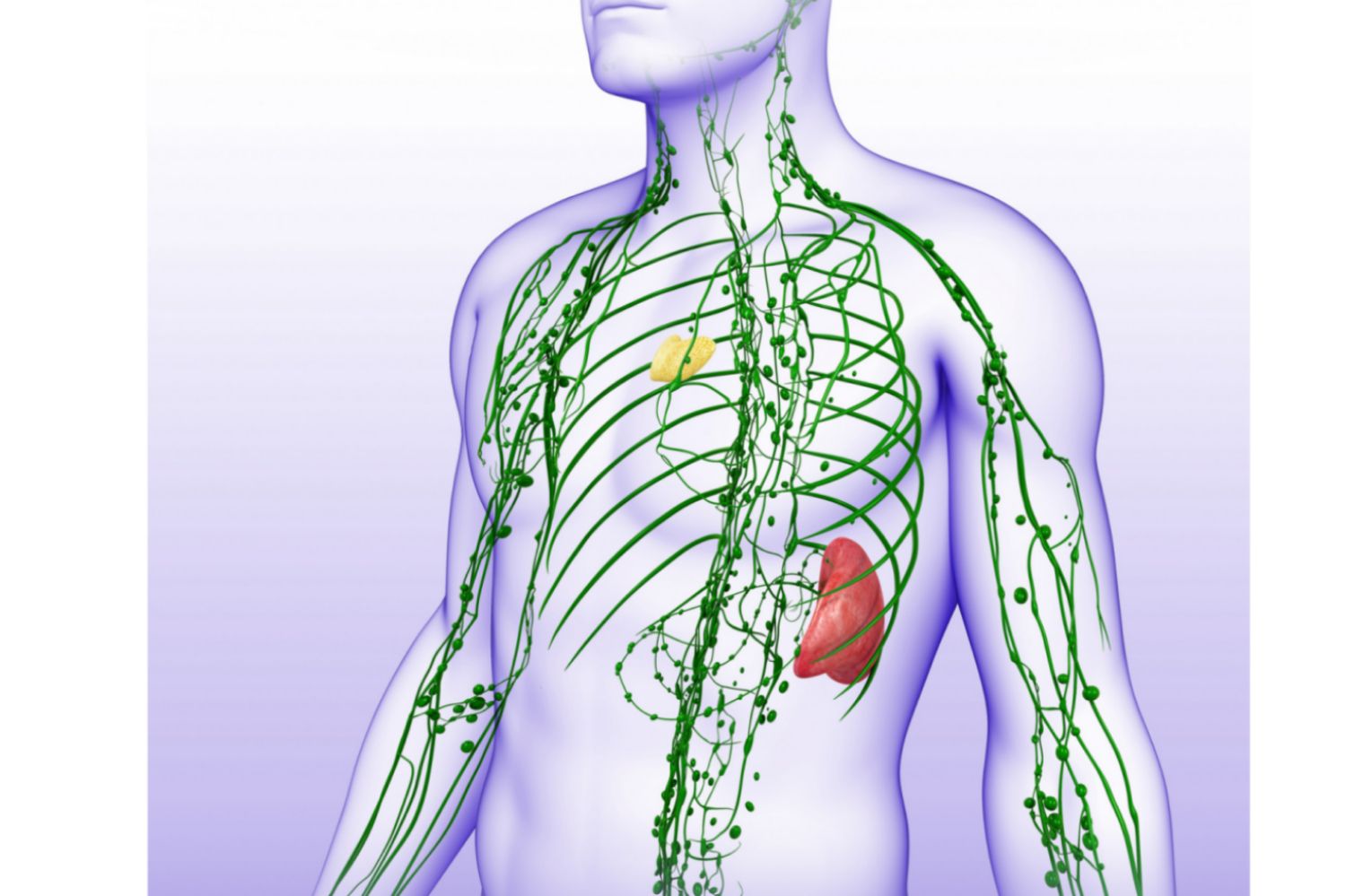The Lymphatic System
The lymphatic system is a subsystem of the circulatory system in the vertebrate body that consists of a complex network of vessels, tissues, and organs.
It helps maintain fluid balance in the body by collecting excess fluid and particulate matter from tissues and depositing them in the bloodstream.

As blood circulates through the body, blood plasma leaks into tissues through the thin walls of the capillaries. The portion of blood plasma that escapes is called interstitial or extracellular fluid, and it contains oxygen, glucose, amino acids, and other nutrients needed by tissue cells. Although most of this fluid seeps immediately back into the bloodstream, a percentage of it, along with the particulate matter, is left behind.
The lymphatic system removes this fluid and these materials from tissues, returning them via the lymphatic vessels to the bloodstream. The lymphatic system also helps defend the body against infection.
What are the main organs of the lymphatic system?
- The lymphatic system is commonly divided into the primary lymphoid organs, which are the sites of B and T cell maturation, and the secondary lymphoid organs, in which further differentiation of lymphocytes occurs.
- Primary lymphoid organs include the thymus, bone marrow, and fetal liver and, in birds, a structure called the bursa of Fabricius.
- In humans the thymus and bone marrow are the key players in immune function.
- All lymphocytes derive from stem cells in the bone marrow. Stem cells destined to become B cells remain in the bone marrow as they mature, while prospective T cells migrate to the thymus to undergo further growth.
- Mature B and T cells exit the primary lymphoid organs and are transported via the bloodstream to the secondary lymphoid organs, where they become activated by contact with foreign materials, or antigens.
In addition to serving as a drainage network, the lymphatic system helps protect the body against infection by producing white blood cells called lymphocytes, which help rid the body of disease-causing microorganisms.
The organs and tissues of the lymphatic system are the major sites of production, differentiation, and proliferation of two types of lymphocytes—the T lymphocytes and B lymphocytes, also called T cells and B cells, respectively.
Although lymphocytes are distributed throughout the body, it is within the lymphatic system that they are most likely to encounter foreign microorganisms.